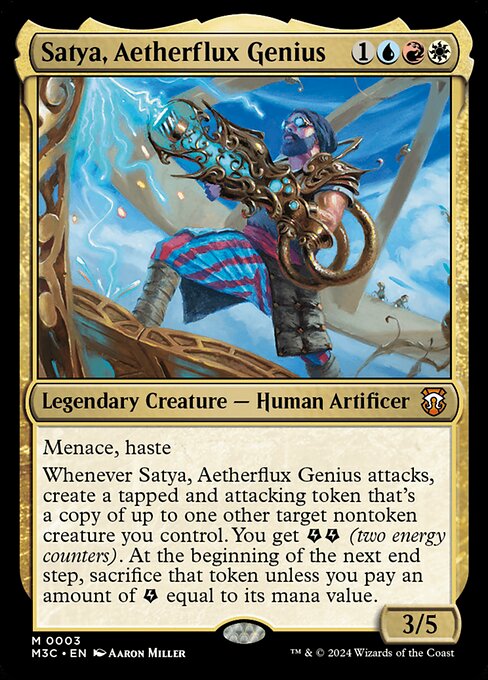Deck & Commander Strategies
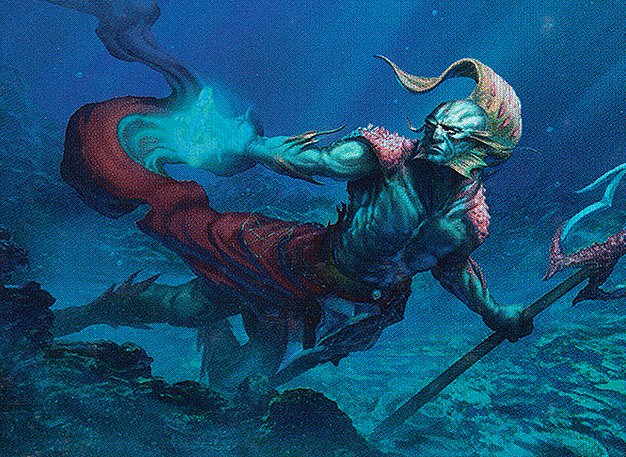

Thrasios, Triton Hero & Yoshimaru, Ever Faithful
A blue-green-white control ramp deck focused on incremental advantage through counters and bouncing threats. It uses a mix of ramp artifacts, counterspells, and value creatures to stabilize and then wins through incremental value and board control.
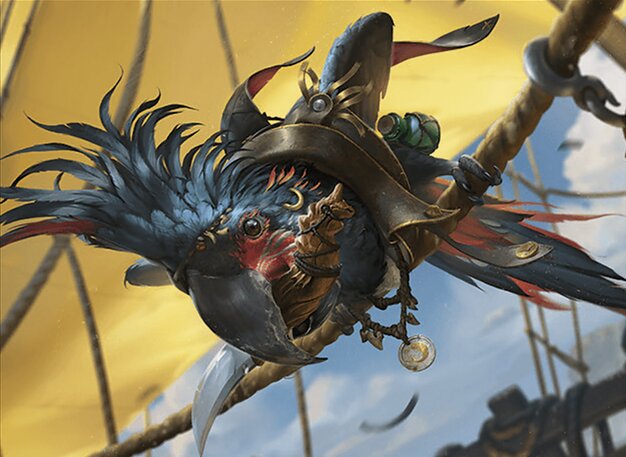

Francisco, Fowl Marauder & Malcolm, Keen-Eyed Navigator
A black-green-red midrange deck that uses aggressive ramp, treasure generation, and efficient creatures to apply pressure. It looks to leverage combat damage triggers and artifacts like Manav Vault to accelerate threats and maintain board dominance.
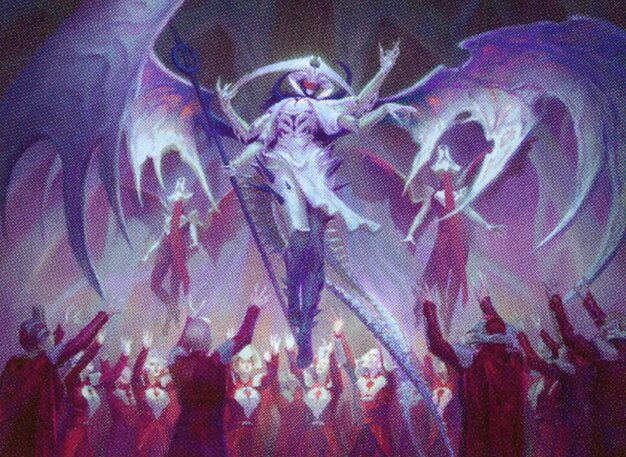
Atraxa, Grand Unifier
A four-color proliferate and counters-themed deck that aims to control the board with incremental counter placement, removal, and disruption while building towards a powerful board state advantage via creatures and planeswalkers.

Satya, Aetherflux Genius
A blue-white control-combo deck that leverages copying spells and counter manipulation to maintain board control and find combo finishes. It employs disruption and incremental card advantage spells to outpace opponents.
Gameplay Insights
- 1
The early game focused heavily on mana acceleration and incremental advantage through creatures and artifacts, setting the stage for more impactful plays later.
- 2
Political damage distribution and pinging were central to maintaining balance at the table, preventing any one player from becoming too threatening too quickly.
- 3
Key spells like Force Negation were saved for critical moments to protect important board states and prevent combos or disruptive plays.
- 4
Players used bounce effects and counters strategically to slow down opponents while progressing their own game plan.
- 5
Treasure tokens and landfall synergies were exploited to maximize mana production and enable multiple spells per turn, increasing pressure on opponents.
Notable Cards
-

Jeweled Lotus
-
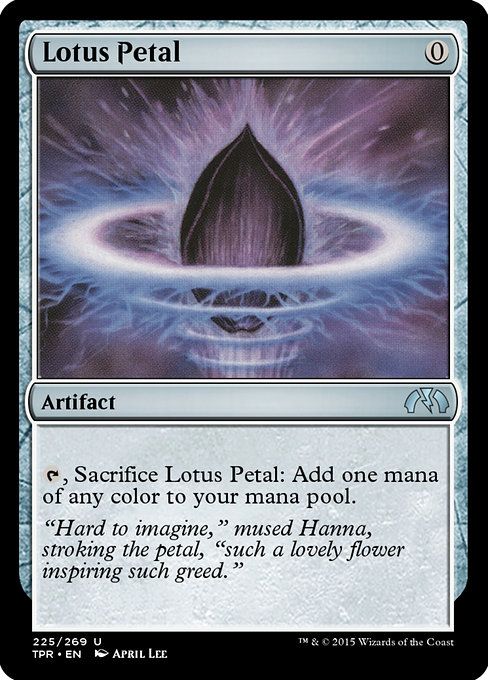
Lotus Petal
-

Dark Ritual
-

Francisco, Fowl Marauder
-
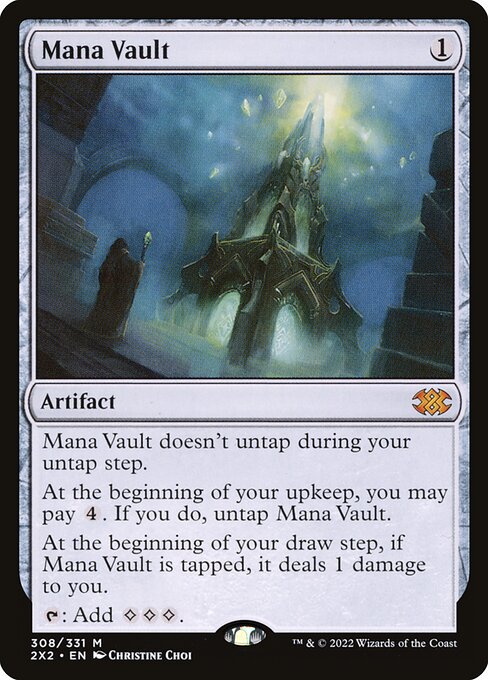
Mana Vault
-

Rapid Hybridization
Gameplay Summary
The game began with players developing their mana bases and casting early ramp spells such as Soul Ring, Dark Ritual, and Mox Opal.
The initial turns focused on setting up key pieces, including ramp artifacts like Jeweled Lotus and Lotus Petal, and creatures that generate incremental advantage, such as Francisco, Fowl Marauder, and Orcish Bowmaster.
Players exchanged minor pings and incremental damage, slowly shaping the board state.
The political dynamic was evident, with players carefully choosing targets for damage and removal to avoid drawing too much heat while positioning themselves for advantage. As the game progressed, players leveraged their commanders' abilities and synergistic combos.
Malcolm's deck utilized treasure generation and landfall effects to ramp quickly, while the Thrasios/Yoshimaru player developed counters on creatures and utilized bounce effects.
The Atraxa and Satya decks maintained pressure with incremental counters and spells, including disruption like Force Negation and Rapid Hybridization.
Key turns involved casting impactful creatures and spells to gain board presence and generate threats while managing opponents' resources.
The gameplay was marked by tight resource management, political maneuvering, and gradual build-up toward a decisive combo or value engine, with ongoing interactions involving pinging, counter placement, and tactical removal shaping the late game.






